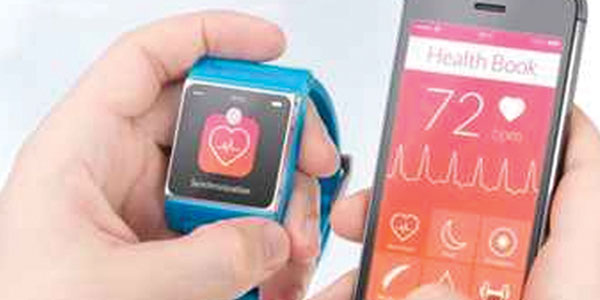 |

Jennifer Schenberg is a marketing and public relations expert and CEO of Long Island-based PenVine.Jennifer founded PenVine 12 years ago to support innovation and growth for companies and people in the technology, mobile, entertainment, energy and clean/green industries. Visit PenVine at www.penvine.com or on Twitter @PenVine, or reach Jennifer at jennifer@penvine.com or 917-445-4454.
|
|
Remember when you were a kid, and your mom or dad needed a way to keep track of you? I remember when I was younger, my mother attached some sort of spiral stretchy thing to my wrist, and attached the other end to her wrist. It was a makeshift way of keeping us connected, while reminding me not to wander off. Many years later, while living in NYC, I remember seeing a toddler in a body harness attached to a leash that her mother held. Its like walking a dog, I thought. What is the world coming to?
Does the idea of being able to track the real-time whereabouts of your child sound appealing to you? This time with no physical restraints and no doggie “come” and “sit” commands? If you said yes, there are a number of new digital wearables that can help you keep track of your kids — on a digital leash.
Smart Wearables for Babies and Kids
There are different types of wearables to consider based on your child’s age. For babies, wearables can measure oxygen levels, heart rate, temperature and body position. They slip right onto your newborn's foot, ankle or stomach, depending on the device, and monitor their vitals right on your phone. Products like Mimo, Owlet and Sproutling are available for about $200-$300.
For children 3-11, there’s a glut of tempting, cool-looking smart wristwear and wristphones to choose from. Priced under $200, these sturdy wearables let you pinpoint your child’s location using vibrations to let her or him know if they've gone too far, and a smartphone alarm to alert mom and dad.
Wristphones like Filip and Burg 31 have one-touch emergency calling and allow kids to voice-dial phone numbers, just by saying something simple like “Call Mom.” A snap bracelet called Paxie Band adds the ability to monitor a child’s vitals, including body temperature and heart rate. They’re even coming out with a smartwatch that has downloadable games and apps designed to teach kids about responsibility and kindness and reward exercising (AmbyGear). Don’t like wrist wearables? How about a tag that’s attachable to your child’s backpack or belt loop (iTraq)?
All of these devices enable GPS tracking using Bluetooth, Wi-Fi, and/or cellular connectivity to interact with a parent’s smartphone.
With any new technology, there are disclaimers and important opinions to consider. Some in the medical field say these wearables guilt parents into buying them, and give parents a false sense of security that they can prevent something, when they likely won’t (such as SIDS). Others say that constantly checking a smartphone app that monitors vitals can bring on unnecessary stress to parents.
The peace of mind gained at the playground alone is immeasurable. Even in the suburbs, parents need to watch their kids every second, and keep close tabs on babies and toddlers, even at home. If your head isn’t spinning from the abundance of options and features, then it’s time to weigh priorities – price vs functionality, features vs fashion. Make an educated decision. Know that a smart wearable does not save lives. Do you think a smart wearable device is for your child?
|













 20 lucky winners will win $500 each in prizes totaling $10,000.
20 lucky winners will win $500 each in prizes totaling $10,000. 